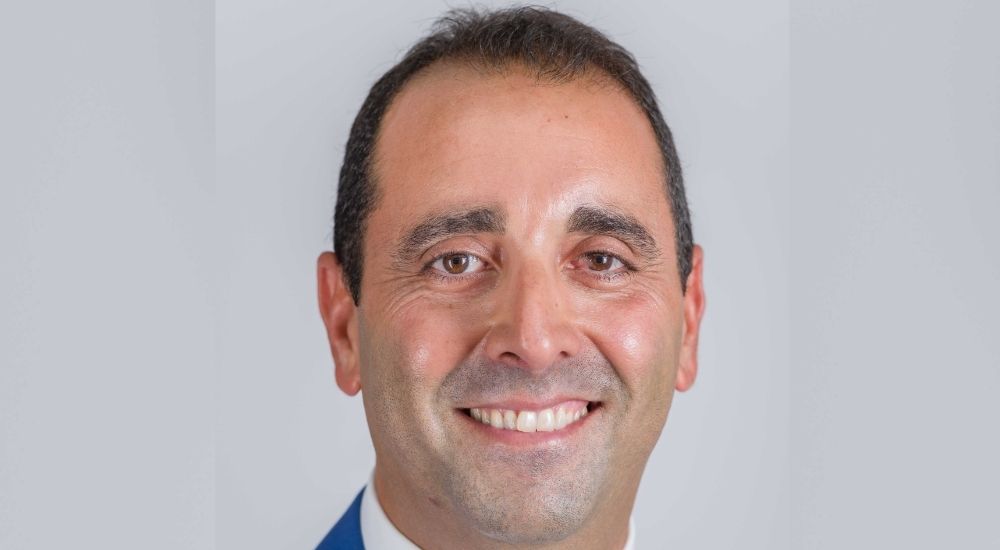Working with teams’ key for leadership

There is no doubt that Covid-19 has redesigned the workplace for good. With the rise of the hybrid workplace model, senior executives have faced a series of unique challenges over the last year, which had to be addressed through a mix of technology and workforce management.
One of the biggest challenges they faced was redesigning the workplace with health and safety as top priorities and creating a sense of overall wellbeing for employees who return to the workplace.
Another challenge they faced was to ensure the shift to remote work did not affect talent development within the organisation. As the traditional office work structure shifted to a digital environment, there was a risk that honing of employees’ skills and knowledge would take a backseat as organisations strived to adapt to new ways of working in an unpredictable environment.
Organisations were also tasked with finding new and efficient ways to engage with customers remotely and use technology to swiftly adapt to their changing needs.
The hybrid work model is here for the long run. The pandemic has shown that the physical workspace is not essential, and with the right technologies, remote working can be successful and has even proven to increase efficiency. In fact, the ESG Remote Work Report 2020 observed that 78% of employees are more productive when working remotely.
At Dell Technologies, we had already been leaning into flexible work as part of our Connected Workplace policy and program. Before March 15th 2020, when we announced a global work-from-home policy, 65% of team members were leveraging our flexible work policies, and we had approximately 30% of team members working remotely on any given day.
Nevertheless, remote working does face certain limitations such as ensuring that employees who work outside the office do not fail the numerous security requirements. However, the Dell Technologies Connected Workforce program and advanced data security protocols have significantly helped us and our customers overcome these limitations.
Connected Workforce has successfully proven that flexible work can have mutual benefits to the team member and the company, as well as have a positive impact on the environment through increased energy savings and reduced carbon emissions.
The pandemic did show that without a doubt, a flatter organisational structure and culture, where only a few layers of management are present between leadership and employees, have been highly efficient and this structure is bound to succeed in the short to medium term.
Ever since the workforce shifted to a remote and digital environment, the flatter organisational structure has shortened the chain of command and increased communication and decision-making speed. It has also made leaders more approachable, increased openness between employees and managers, and has increased the level of transparency and trust between them, all of which are essential in a remote work environment.
The most important skill senior executives need in a remote work structure is effective and consistent communication. Executives must learn the best way to connect with their teams and build interpersonal relationships to ensure the company’s goals are achieved and business is carried on as usual.
Executives must also continue to place importance in developing talent which is essential to ensure career progression and maintain employee satisfaction. In summary, as remote working will be here for the foreseeable future, executives need to possess resilience, flexibility, and the ability to manage and navigate change quickly.
The past year has been stressful for everyone with the uncertainties brought about by the pandemic. Senior executives have faced immense challenges to navigate and adapt to the fluctuating business environment. They found themselves having to quickly innovate and adapt to new methods of communication, as they strived to keep the business afloat, while also ensuring their workforce is protected and able to operate under a stable environment.
The foremost thing an executive must do is approach the current challenges with a new perspective, knowing that these are not ordinary times. There has been no better time to tap into the power of a team, and senior executives must work closely with their teams to identify solutions which work from everyone’s perspectives.
Due to the rapid digitalisation brought about by the pandemic, the role of CIOs and CTOs in determining business strategy and structure has massively increased. According to a Gartner study, two-thirds of CIOs assumed leadership of high-impact initiatives aimed at responding to the challenges of the pandemic.
CTOs began reporting directly to the CEO, educating and guiding them and other C-suite members during the crisis and working with them to build a robust digital strategy.

As technology today is the key enabler and value driver for organisations like never before, it is important for CTOs to continue reporting directly to the CEO and collaborating with the rest of the senior leadership to implement digital strategies that navigate the business through the pandemic and drive growth.
KEY TAKEAWAYS
- The foremost thing an executive must do is approach the current challenges with a new perspective
- The most important skill senior executives need in a remote work structure is consistent communication.
- Another challenge faced was to ensure shift to remote work did not affect talent development.
- The hybrid work model is here for the long run.
- The pandemic has shown physical workspace is not essential.
- With the right technologies, remote working can be successful and proven to increase efficiency.
Executives must learn best way to connect with their teams and build interpersonal relationships to ensure company’s goals are achieved.





